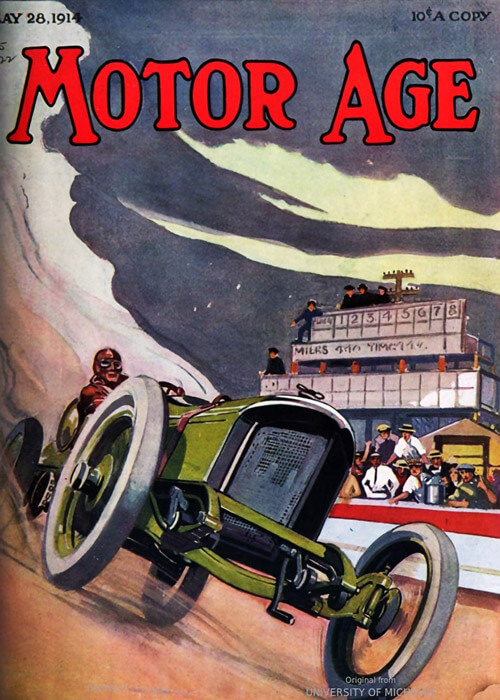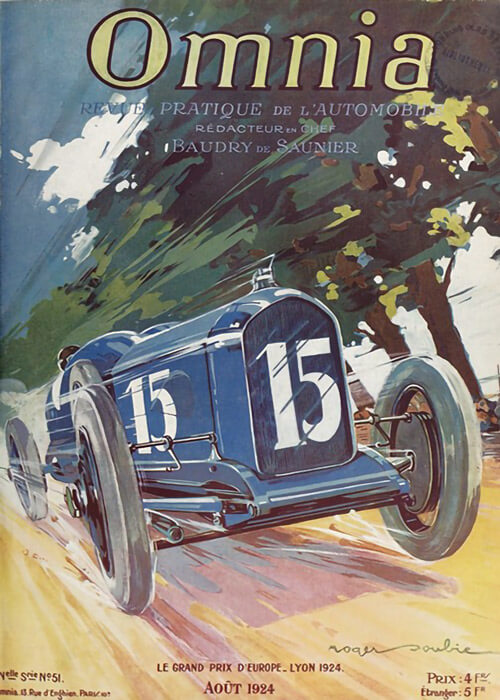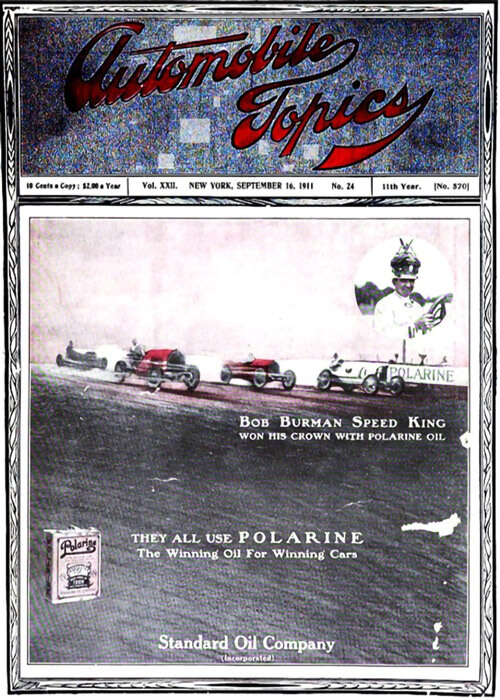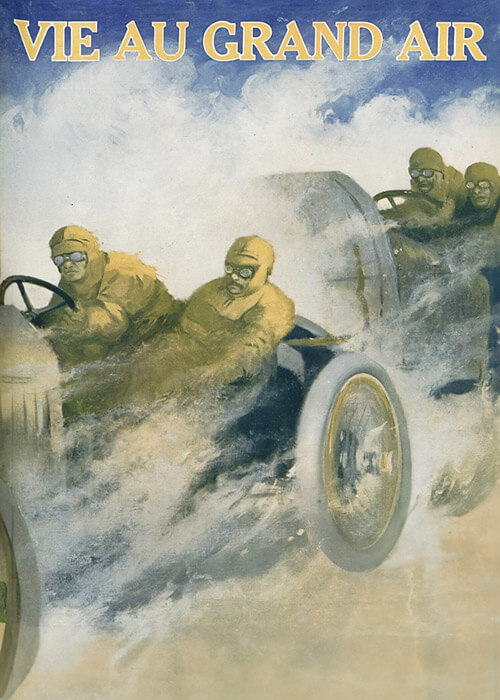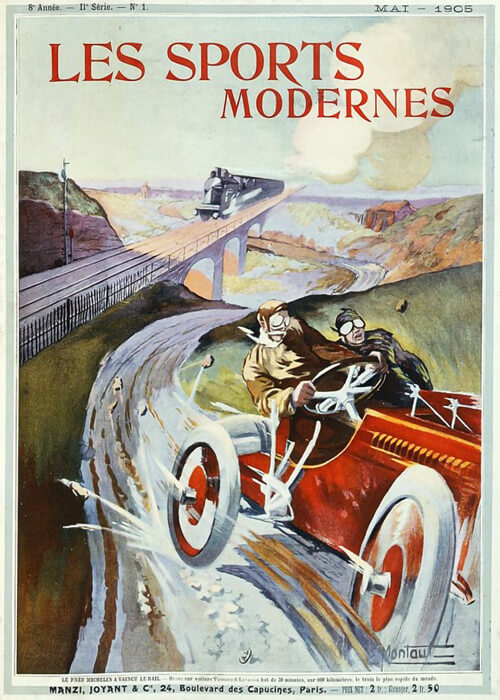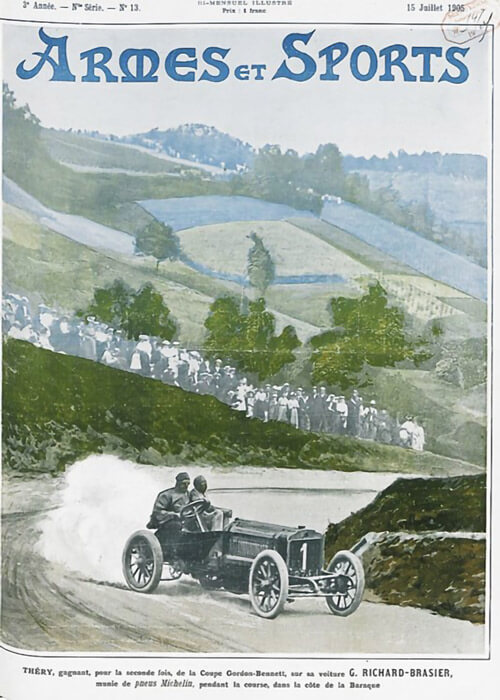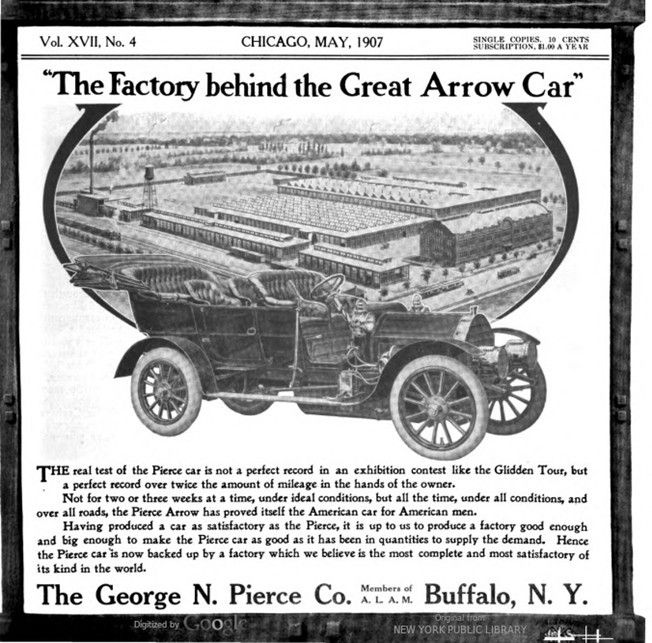
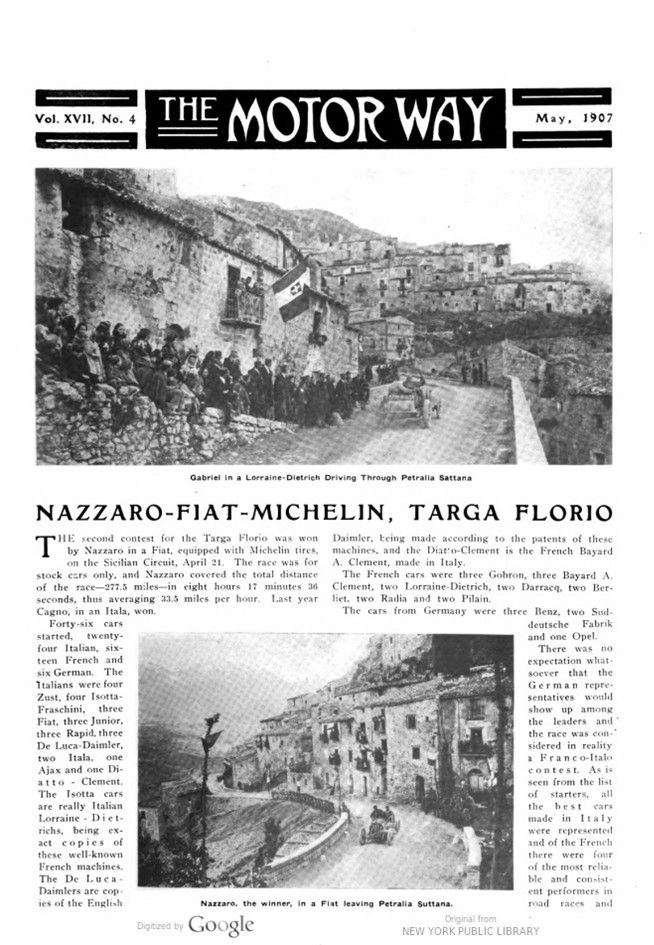

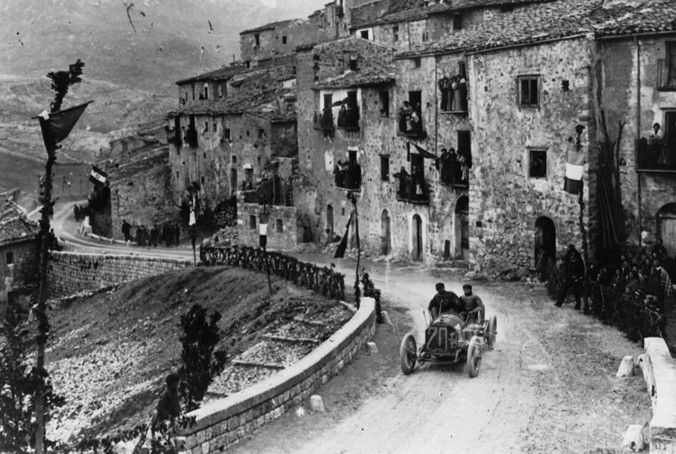

Text and pictures with courtesy of hathitrust.org, compiled by motorracinghistory
The Motor Way – Vol. XVII, No. 2, May 1907
NAZZARO-FIAT-MICHELIN, TARGA FLORIO
Itala cars, which were almost unknown to the world less than 12 months ago, again scored in a most decisive way, by winning the first, second, fourth and fifth places in the first annual Targa Florio cup race. Cagno, in his 24-horsepower Itala, won, covering the distance of 276 miles in 9 hours 32 minutes 22 seconds, having averaged 28.9 miles an hour. Graziani was the second to finish, and between him and Rigal and Baron de Caters, who were fourth and fifth, there came Bablot. in the French Berliet car. It was under ideal weather conditions that the first touring car road race ever promoted on Italian soil was Crowds came at all hours of the night and morning. Special trains from Palermo brought at least 40,000 people to Bonfornello, where the start and finish took place and where the immense grandstands were erected. It was an excited and interested crowd, which included people of all ranks of life, but especially people of moderate means. It was like a holiday for all these people who had donned their best clothes and seemed to know about as much on automobile matters as the drivers of the cars. For the time being there was no other topic of conversation, and the discussions as to the merits of the various cars were earnest and often gave way to heated debate. Of course, the native sons could see only Italian cars as possible winners, and among them Lancia, the idol of the crowd, was a real favorite. He was the only de- fender of the Fiat and the fact that the Turin concern decided to let him go alone to the post seemed to inspire even more confidence in his followers as to his ability to win.
Of the original score of entrants more than half a dozen, all French cars, were unable to start, and this caused the bitterest disappointment to the sportsmen from across the Alps, who had placed their hope in the two Darracq cars. These were in Genoa, but owing to the big labor strike which has tied up almost the entire shipping facilities of the country, there was no possible way of getting these and the other foreign cars to Palermo.
It was exactly 6 o’clock when the first car was started to cover the serpentine and hilly course of 92 miles, three times, as the total distance of the race was 276 miles. Amid “vivas” and “hurrahs Lancia”, the favorite, started. Ten minutes later Le Blon, on a Hotchkiss, was sent away. The third was Cagno, on an Itala; then came Achille Fournier, in a Bayard-Clement. At intervals of 10 minutes the other contestants, consisting of Bablot, in a Berliet; Pope, in an Itala; Maurice Fournier, in a Bayard- Clement; Baron de Caters, in an Itala; Rigal in an Itala and Graziani, also in an Itala, were sent away. Among the absentees, besides the two Darracqs which were to be driven by the crack drivers Hemery and Wagner, were a Renault, a Vulpes, a Mendelssohn, a de la Buire, and a Radia.
At the end of the first lap, Cagno, in the Itala, who started third, 20 minutes after the first man, was leading by 6 minutes and 13 seconds, Lancia being second and Bablot third. During the round Achille Fournier crashed into a bridge and his Bayard-Clement car was damaged beyond possible quick repair. Pope, had to give up owing to running out of gasoline at a place where there was no supply. The slowest time for the lap was made by Le Blon, who required 3 hours 45 minutes 44 seconds to run the 92 miles. During the second lap Graziani made up considerable lost time and made the fastest round, his time being 3 hours 9 minutes 7 seconds. Rigal, also driving an Itala, made second fastest time, and Cagno third best time. Lancia and Maurice Fournier completed the lap, each in more than 4 hours and 20 minutes and were now hopelessly beaten. The third and last lap was followed with keenest interest. From the villages near the course telegrams were received almost every other minute and the big crowd kept almost constantly in touch with the progress of the race, the various reports being read through several megaphones, besides being briefly posted on a big blackboard in front of the grandstands.
It was during this last lap that the drivers made the slowest time and also had the most troubles. Few of the latter were caused by the machines but by the men themselves. For instance, Bablot and Rigal poured a full supply of water in their gasoline tanks at a stopping place and only noticed their error after they had again started. This error may have caused them the race as both later made up considerable lost time and passed other contest- ants with much ease. Cagno, in the Itala, was first to finish, his time being 3 hours 25 minutes 9 seconds. Only 14 1-5 seconds behind him came the good-natured Baron de Caters, who aroused great enthusiasm by his splendid driving and grand finish. Bablot, in the Berliet, finished third, followed by Graziani, who was less than two minutes behind. Rigal was fifth and Le Blon the sixth and last man to finish.
The owner of the winning car received $5,000 and Cagno, the driver, $800; the owner of the second car $1,600 and Graziani, the driver, $400; the owner of the third car $800 and Bablot, the driver, $200. The owner of the fourth and fifth cars received respectively $600 and $400. This total of $9,800 in cash for prizes was given by Chevalier Vincenzo Florio, who originated the race, which will be an annual event. The success of this year’s race has prompted the Italian sportsman to provide $20,000 cash as prizes for the event in 1907. The owner of the winning car will get $8,000; the manufacturer whose team of three cars finish first, will receive $6,000 in addition to individual prizes he may win.
The regulations of the Targo Florio cup race provide that only stock cars whose chassis does not cost more than $4,000 are eligible. No manufacturer may enter more than five cars, and all told not more than five cars of one make may be entered. No specially built machines will be accepted, and it is required that manufacturers furnish an affidavit stating that they have built ten or more cars identical to those which they entered for the contest. Manufacturers must furnish information as to the bore and stroke of the cylinders.
Photo captions.
Gabriel in a Lorraine-Dietrich Driving Through Petralia Sattana. – Nazzaro, the winner, in a Fiat leaving Petralia Suttana.
Lancia in a Fiat Taking a Turn. – Manoia in Isotta Fraschini, Passing Grand Stand at Petralia Sattana.
